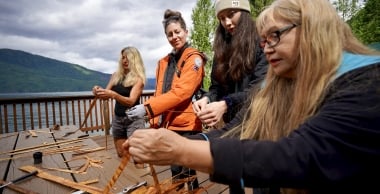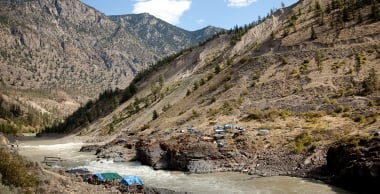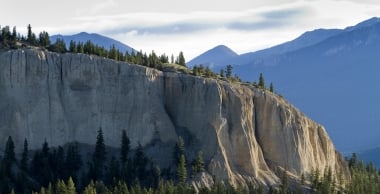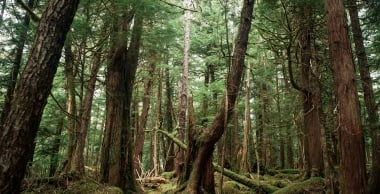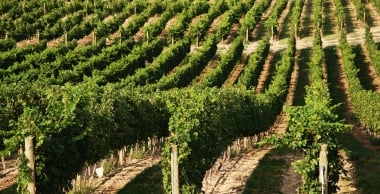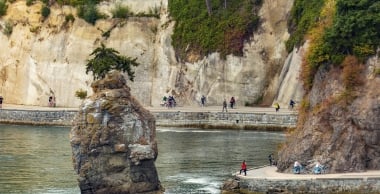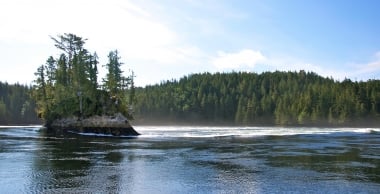Visit: Corporate Site
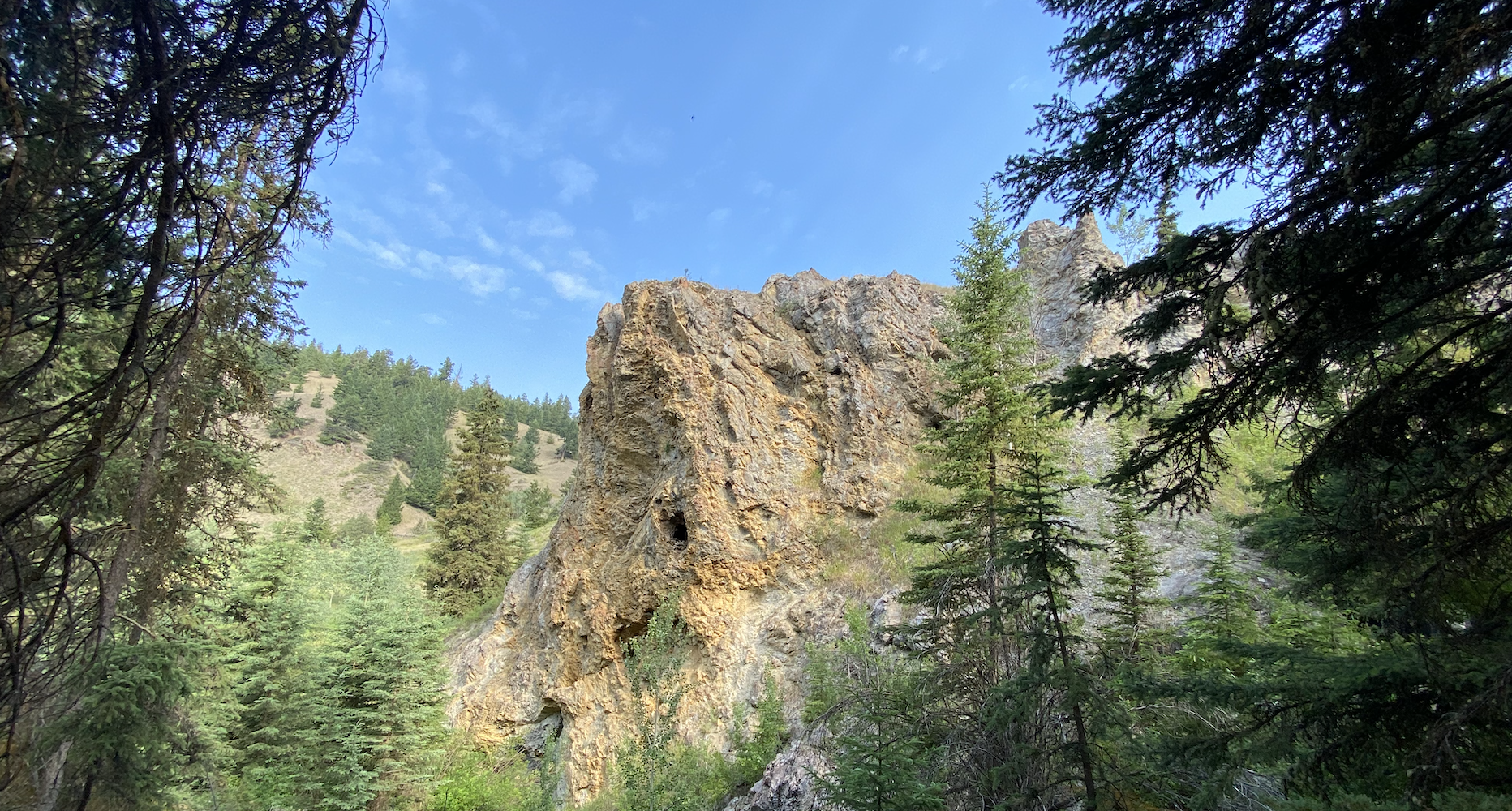
Tourism, Biodiversity, and Indigenous Knowledge
Notice the world in greater detail. It’s easy to be impressed by big things. British Columbia is well-known for immense and awe-inspiring–the Pacific Ocean, rainforests, and mountain ranges; bears and whales.
BC is home to unique species, globally significant cultural sites, and many pockets of biodiversity.
While there are Indigenous tourism operators and experiences in all six regions of BC, you might notice that there are areas where it seems not much is happening. Usually, these areas fall off the map for a reason. Many of these out-of-the-way places shelter unique and vulnerable forms of life. Indigenous Peoples steward these precious places with their vast intergenerational knowledge about sustaining culture and livelihood in ways that protect and honour the plants, air, water, animals, and lands. Responsible visits to places of great significance to all life require planning and respect.
When you are recreating in places that seem special to you, they probably are to others.
Tourism can negatively impact when it lacks consideration for local Indigenous rights, disturbs or injures habitats or wildlife, or takes natural resources away from the local ecosystem. High and careless traffic can affect coastal tidepools, vast wetlands, temperate rainforests and other homes and breeding grounds for rare and specialized species.
Travel with Indigenous hosts and consult local Indigenous communities to support Indigenous laws and protection of biodiversity.
Slow Travel and Indigenous Stewardship
The universal value of BC’s immense biodiversity draws visitors from around the world. Indigenous tourism in BC focuses on stewardship and protection of many places of rare beauty and universal value. In BC and around the world, Indigenous hosts are the originators of responsible tourism and slow travel–now travel trends that focus on cultural exchange, benefits for host communities, and inspiration for the protection of critical habitats and vulnerable species.
When you visit BC, walk lightly and learn from Indigenous hosts in places and with creatures that carry value for every living thing. Explore unique ecosystems with care and the hospitality of Indigenous tourism operators around British Columbia.
Plan your itinerary with our Indigenous BC Trip Planner App, or choose to focus on a portion of one of our itineraries as you explore and support world heritage sites and delicate ecosystems. Here are some unique protected areas in BC stewarded by Indigenous communities, but there are many more. Explore our stories and travel itineraries.
Here are some unique protected areas in BC stewarded by Indigenous communities, but there are many more
VANCOUVER ISLAND
Vancouver Island, easily accessible from Vancouver, is dotted with many chances to explore rich marine and wildlife of coastal waters. Many visitors slot a trip to Vancouver Island in a multi-day itinerary that includes the coastal mainland. Consider narrowing your focus with a transformational visit to Biosphere Reserves and World Heritage Sites. In remote areas off the northeast and northwest coast of the island. Witness unusual adaptations, tremendous genetic diversity, and critical habitat breeding areas in coastal waters for marine animals, including seabirds.
Off the northwest coast of Vancouver Island, you will find the largest concentration of breeding seabirds in the northern Pacific south of Alaska. Clayoquot Sound, located on the west side of Vancouver Island, is home to coastal temperate rainforest and the Nuu-chah-nulth First Nations. It is a designated Biosphere Reserve (UNESCO)–a geographic area identified as a place where sustaining economy and resources means conserving biodiversity.
HAIDA GWAII
World Heritage Sites, including SGang Gwaa in Haida Gwaii, are areas that are identified for their outstanding universal value. The structures and mortuary poles of the Haida village of SGang Gwaay are considered valuable as a testament to Haida culture and tradition.
The Haida Nation welcomes visitors to experience Haida Gwaii and, in exchange, asks guests to respect Haida ways and the Air, Ocean, Land, and People with the following pledge:
XaaydaGa Xaaynang.ngaay, yaahgudang dang ad Xaayda Gwaay guu hll k’awkaa Xaads Xíináangaa: Xaayda Gwáay díi .ahl stúujuus dluu díi an yahgúudángáasaang I will respect Haida Gwaii and Haida Ways of Being during my visit ------
Consider visits to these sites and explore itineraries from Haida Gwaii and Vancouver Island to handpick your adventure.
KOOTENAYS
Wetlands are covered by water for most of the time, quietly managing the work that land and water do together to decrease erosion, support life, and absorb carbon from the atmosphere. The Columbia Valley Wetlands, located in the East Kootenay Trench, is home to more than 260 resident and migratory bird species, including vulnerable prairie falcons and short-eared owls. Kootenay National Park is home to vast wildlife habitats and the world-renowned Burgess Shale Fossils. One of the most important fossil sites in the world, it shares an important story about the evolution of our planet through rock.
Integrate your awe of nature with a soak at Ainsworth Hotsprings Resort, first enjoyed by the Ktunaxa Peoples after hunting, fishing, or gathering and now owned by Yaqan Nukiy, the Lower Kootenay Band of Creston, BC. The Ktunaxa Peoples share this significant land so that they may share their appreciation of the nupika wu’u, or hot mineral waters, with visitors.
Enhance your experience on the wetlands by learning about local Indigenous culture fromThe Ktunaxa Nation at the St. Eugene Golf Resort and Casino in the spectacular setting of the Canadian Rocky Mountains. The former mission school is now owned and operated by the Ktunaxa People, who share history and culture with visitors.
Explore our stories and travel itineraries.



















